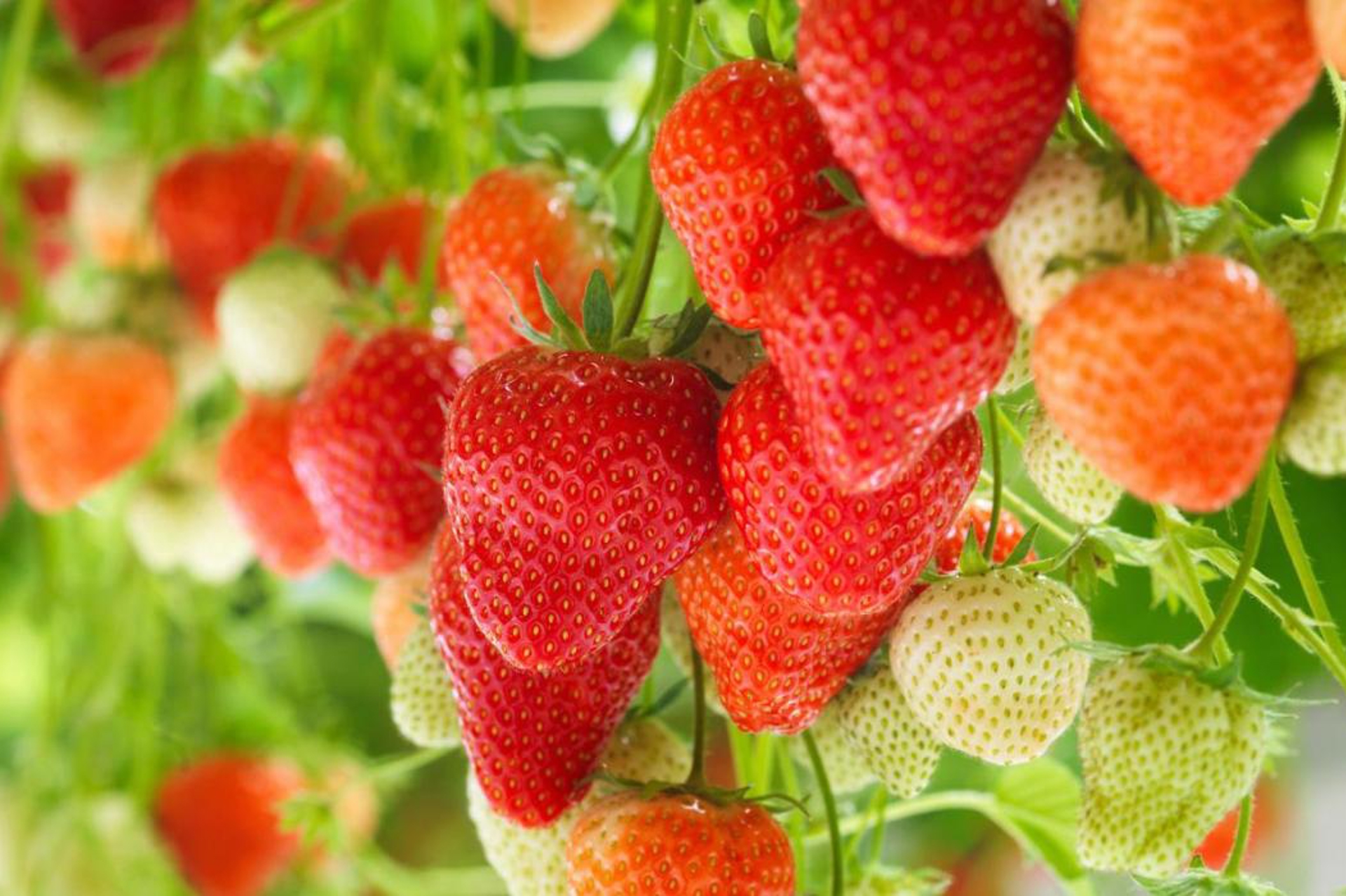Following the trend of leafy vegetables in indoor cultivation, the sector is now adding strawberries to the portfolio of products that can be grown in Indoor Farms. Even more important than with leafy vegetables is research into the correct strawberry genetics and cultivation procedure. The key question is how to optimize production yields while maintaining superior product quality.
Regarding culture protocols, researchers are looking at replacing the intensive use of culture media.
Strawberries can be divided into two main categories: June-bearing and ever-bearing varieties. June-bearing varieties produce heavily for a period of 3 to 4 months, while everbearing varieties can be in production for 10 to 11 months. In the June-bearing varieties, the strategy for young plant production and crop replacement is important, as is the common deviation in fruit size during the growing period. On the other hand, production of everbearing varieties is more stable over time and will produce more even fruit sizes.
The use of LEDs is a crucial aspect in indoor strawberry cultivation. In strawberry greenhouses we see that growers use special Farred lamps to increase production. However, complete control over the total light supply can only be achieved in an Indoor Farm. This results in a higher production of sugars (Bricks) in the fruits, which is usually an indication of the quality of the product.
Long transport times of fresh strawberries also have a major impact on the quality of the product. Air transport in particular, where products are frozen and thawed, reduces product quality. In this regard, local production of strawberries can be very beneficial, and fortunately this can be achieved in any climate.
The main challenge for the sector is to get strawberry cultivation to a cost-competitive level. This requires the selection and/or development of the right seed genetics, focusing on a simple cultivation structure and reducing operational costs for consumables and labor.

